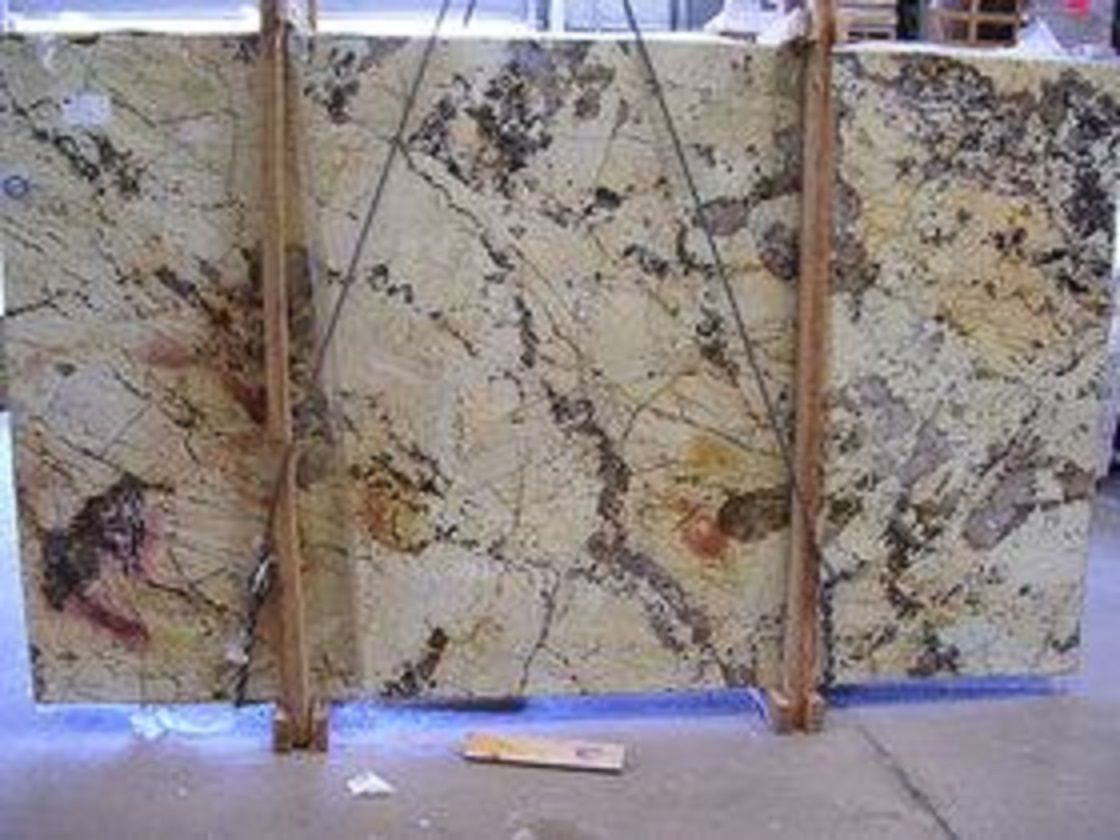Is Granite In The Upper Mantle

Strictly speaking granite is an.
Is granite in the upper mantle. Mantle may also be involved. In this model the mantle convects in a single process. However there is currently no consensus about the volume of granite that can. And possibly the upper mantle as well for example ref.
Granite is used in buildings and some granite is mined for rare. The cooler mantle material will there fore tend to sink while the hooter material will tend to rise. The granite upper mantle connection constitutes an important issue that will be addressed here. Students of granites classify them in three or four categories.
The thickness of the upper mantle is between 200 and 250 miles. The lower mantle near the core is hotter than the upper mantle near the crust. Earth s lithosphere and upper mantle a cross section of earth s outer layers from the crust through the. Whole mantle convection describes a long long recycling process involving the upper mantle transition zone lower mantle and even d.
M type mantle granites are rarer and are thought to have evolved directly from deeper melts in the mantle. A subducted slab of lithosphere may slowly slip into the upper mantle and fall to the transition zone due to its relative density and coolness. The upper mantle begins just beneath the crust and ends at the lower mantle. The magma that crystallizes into granite likely forms in the upper mantle or lower lithosphere where other rocks partially melt.
Most granite plutons found in the upper continental crust seem to be emplaced as low viscosity crystal poor. The mantle contribution may range from that of a source of heat for crustal anatexis or it may be the source of material as well granite classifications modal relatively easy but tells us little about the origins depth location of granite within the crust chemical attempts to relate. Granite ˈ ɡ r æ n ɪ t is a common type of felsic intrusive igneous rock that is granular and phaneritic in texture. 2 7 grams per cubic cm is somewhat lighter than oceanic crust which is basaltic i e richer in iron and magnesium than granite in composition and has a density of about 2 9 to 3 grams per cubic cm.
I type igneous granites appear to arise from the melting of preexisting igneous rocks s type sedimentary granites from melted sedimentary rocks or their metamorphic equivalents in both cases. That all the granitic material exposed on the earth came ultimately from upper mantle through a protracted sequence of magmatic processes and events was never questioned. What granite means.














































